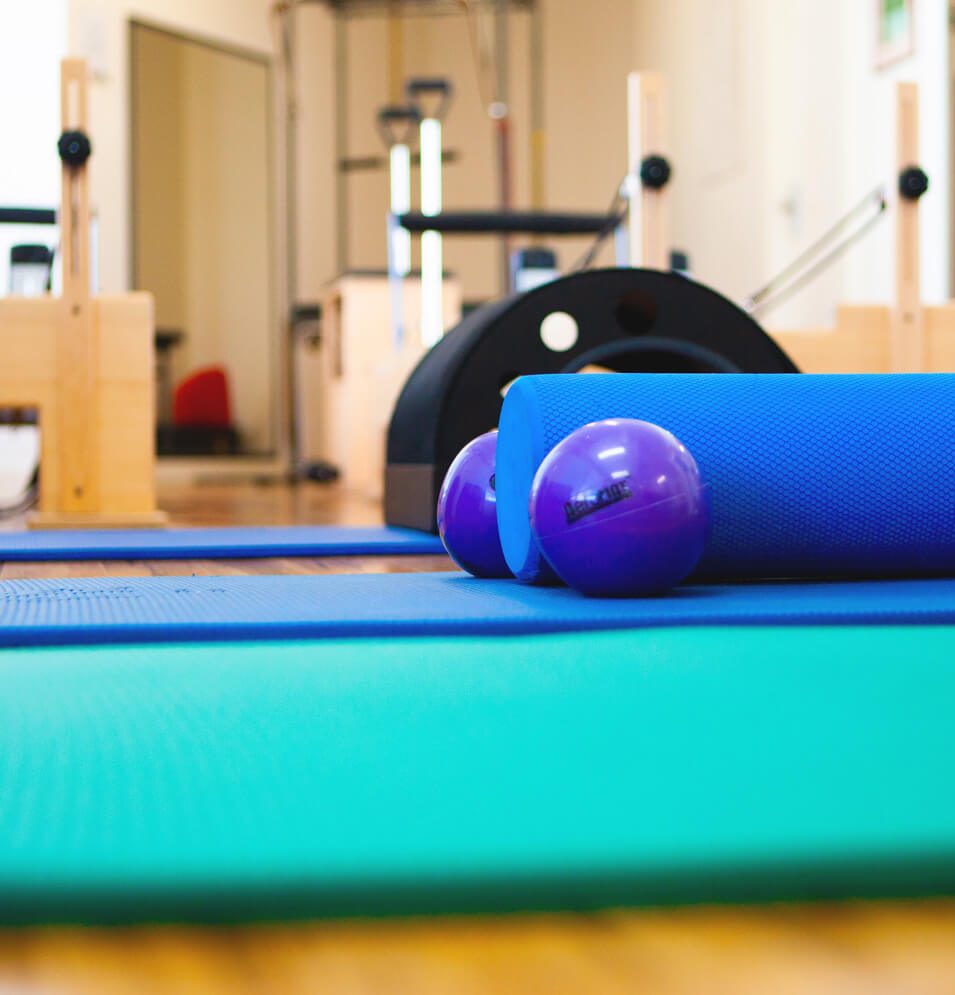Pregnancy and postnatal physiotherapy is a specific branch of continence and pelvic health physiotherapy.
Continence and pelvic health physiotherapists have skills to assess, treat and support specific conditions during this time.
They also may provide exercise classes and education classes.
When should I see a continence and pelvic health physiotherapist during my pregnancy?
To keep you comfortable and healthy through your pregnancy, and to help your recovery afterwards, it is recommended to see a continence and pelvic health physiotherapist early in your pregnancy. During pregnancy your body will go through many changes as your baby grows and your body prepares itself for the birth. At your initial appointment, the physiotherapist will be able to give you guidance around many of the changes of pregnancy. Generally, this appointment will focus on assessment of any pelvic health and general musculoskeletal concerns you may have as well as advice on general exercise, and modifications which may be required. See our page on considerations for exercise during pregnancy for further information. Assessment of the ability to activate and relax the pelvic floor muscles, as well as assessment of the abdominal muscles forms part of this initial appointment and will help to guide exercise prescription.What conditions can a continence and pelvic health physiotherapist help to manage during pregnancy?
Your body goes through many changes during pregnancy, and unfortunately this can result in discomfort or pain for some people. The changes of pregnancy result in extra pressure on the pelvic floor muscles, which may contribute to issues with bladder and bowel control at this time. Early assessment of pelvic floor muscle activation and relaxation will allow for a pelvic floor muscle training program to be put into place. Even if you are not having any bladder or bowel symptoms, pelvic floor muscle training is recommended as a prevention strategy. Assessment of the abdominal muscles will also involve assessment for the presence of a rectus abdominis diastasis. Following this, suitable recommendations for exercise can also be made. Other common pregnancy related issues such as upper and lower back pain, pelvic girdle pain and wrist pain may be managed by continence and pelvic health physiotherapists. Note that musculoskeletal physiotherapists are also well placed to manage these conditions.When should I see a continence and pelvic health physiotherapist postnatally (after having baby)?
For the best recovery after having your baby, we recommend seeing a continence and pelvic health physiotherapist at 6-8 weeks postnatally for a postnatal check. It is best to schedule this appointment for after you have seen your obstetrician or medical provider for your medical check. This physiotherapy appointment is different to your medical visit as it includes assessment for:- Bladder and bowel issues as well as prolapse and any pain
- Pelvic floor muscle assessment and advice on pelvic floor muscle exercises
- Abdominal muscle separation (rectus abdominis diastasis) assessment and exercise advice
- Breast feeding issues including mastitis or blocked ducts (which can be treated with therapeutic ultrasound therapy) and grazed or cracked nipples (which can be treated with low level laser therapy). Note that not all Lifecare centres have the facilities to manage all these conditions. Reception staff will be able to advise you. It is recommended that you see a lactation consultant if you have these issues.
- Vaginal delivery issues including perineal swelling from stitches or bruising (therapeutic ultrasound therapy), delayed healing of perineal stitches (low level laser therapy) or delayed healing of haemorrhoids (therapeutic ultrasound). Note that not all Lifecare centres have the facilities to manage all these conditions. Reception staff will be able to advise you.
- Bladder issues including absent or reduced sensation, problems emptying your bladder, problems making it to the toilet, or leakage with cough and sneeze. See our page on urinary incontinence for further information.
- Bowel issues including constipation resulting in straining, bleeding or pain, problems making it to the toilet, or leakage of wind or stool.
- Pelvic floor issues including prolapse, vaginal heaviness and vaginal pain.


